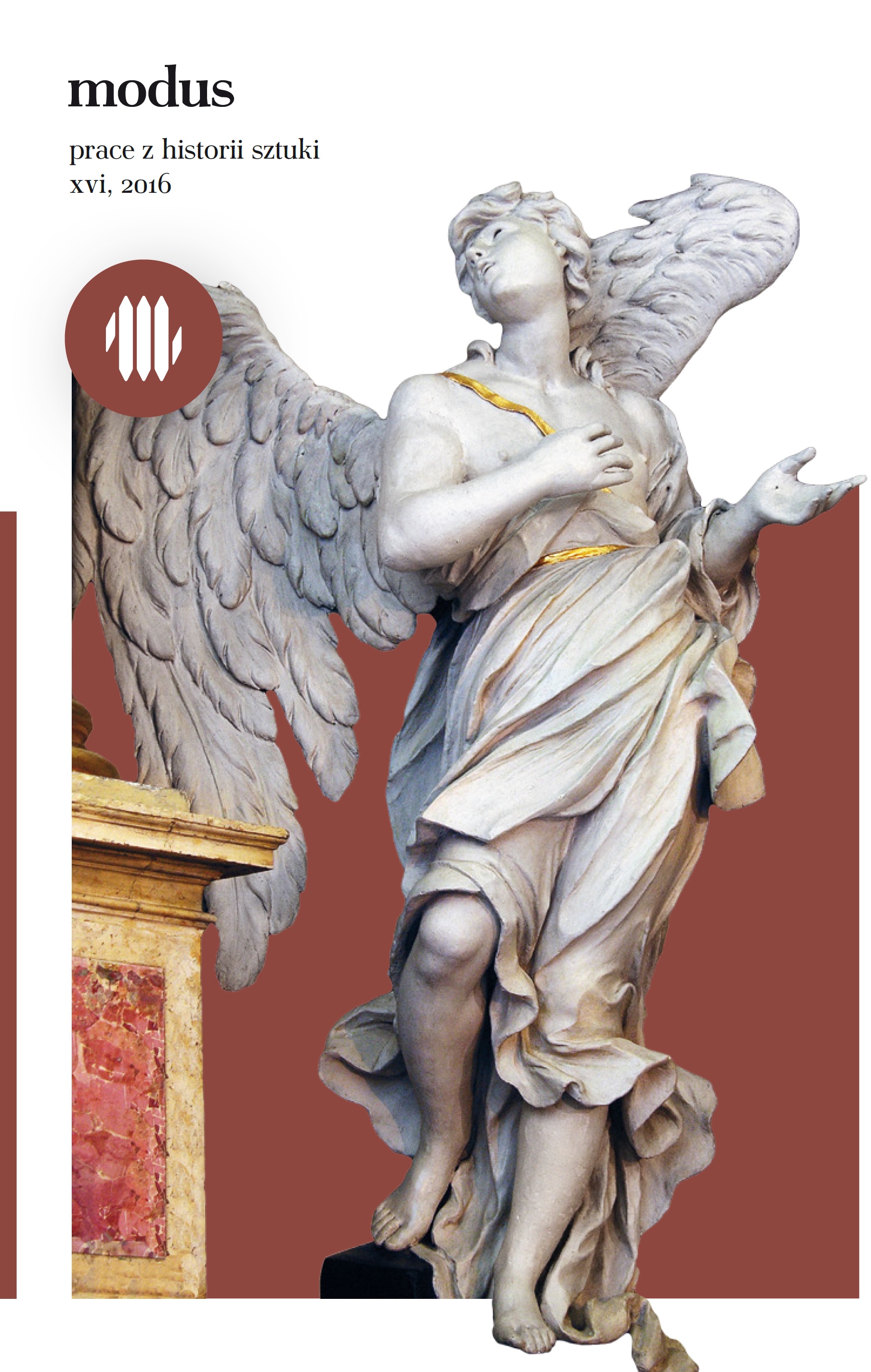Pamięci Kazimierza Wielkiego Żydzi–Polacy – o zapomnianym projekcie budowy pomnika królewskiego na krakowskim Kazimierzu
In Memory of Casimir the Great – Jews-Poles. On the Forgotten Building Project of the Royal Monument in Kazimierz in Krakow
Author(s): Alicja Maślak-MaciejewskaSubject(s): Fine Arts / Performing Arts, Jewish studies, Visual Arts
Published by: Instytut Historii Sztuki Uniwersytetu Jagiellońskiego
Keywords: jewish culture;jewish architects;monuments;Cracow;
Summary/Abstract: In 1883 progressive Cracow Jews, guided by patriotic enthusiasm, took theinitiative of building a full-figure statue of Casimir the Great in Kazimierz. Works connectedto the erection of the statue (fund-raising, discussions on the shape of the futuremonument, the organization of subsequent boards of monument erection) lasted for almost three decadesand actively involved the progressive circles. At first it was the youth thatwere involved in this project. Later the leaders of this circle (e.g. Jonathan Warschauer, JanAlbert Propper) and since 1896 also the progressive women joined the project. At the endof the first decade of the 20th century a conception of a full-figure statue was dismissed,and the funds raised were used to found a relief entitled The Admission of Jews to Polandby Casimir the Great, which was made by Henryk Hochman and which was hung in 1911in the old Town Hall in Kazimierz.In the following article the origins and the phases of the initiative of the aforementionedmonument were analysed (including the unrealized projects of the monument by StanisławLewandowski and Jan and Mieczysław Zawiejski), and a hypothesis was formulated concerningthe reasons of the failure to complete the first conception of the statute.An idea of the erection of the monument of Casimir the Great by the Cracow Jews, todaycompletely forgotten, is for various reasons worth reminding. Above all, it represents aninteresting example of the patriotic activities of the progressive Jews as well as the acculturationalprocesses undergoing in this milieu. It also creates an absorbing context for otherinitiatives of monument erection of that period (e.g. the monument of Adam Mickiewicz inKrakow). And finally, it allows us to understand the context in which the work by Hochmanwas created, whose version can be seen in the Town Hall in Kazimierz since 1996.
Journal: Modus. Prace z historii sztuki
- Issue Year: 2016
- Issue No: 16
- Page Range: 61-74
- Page Count: 14
- Language: Polish

